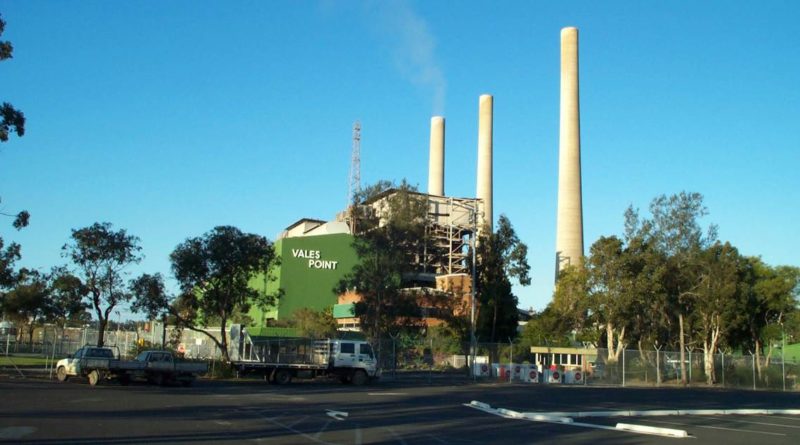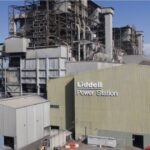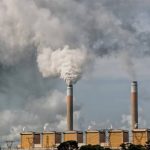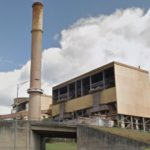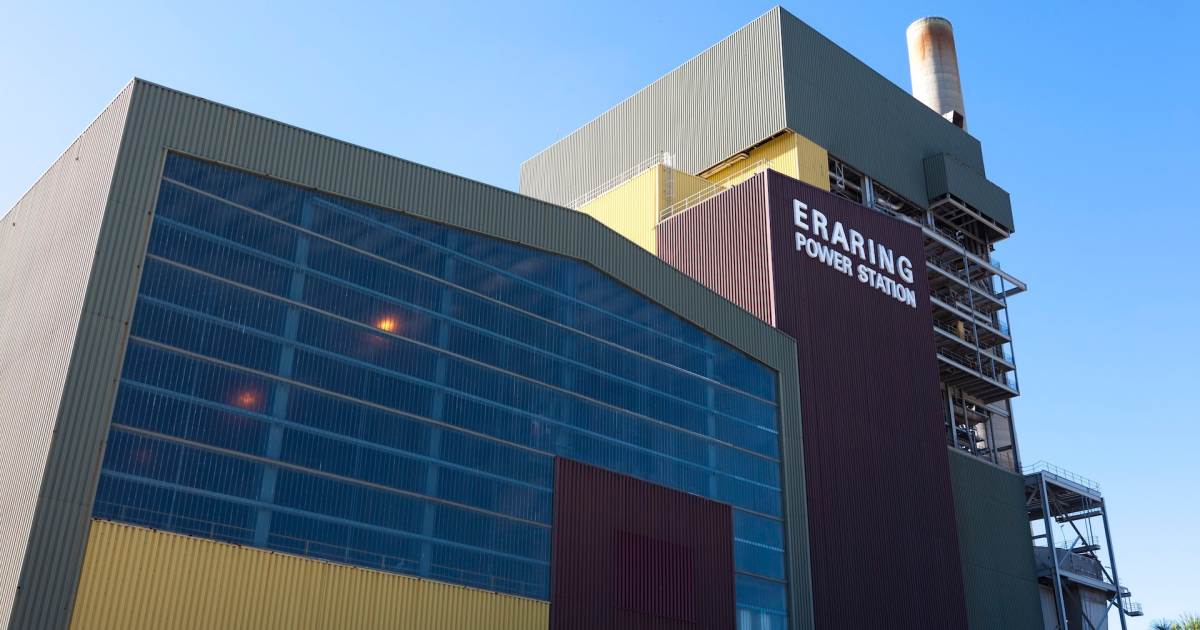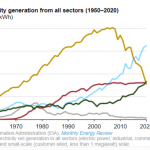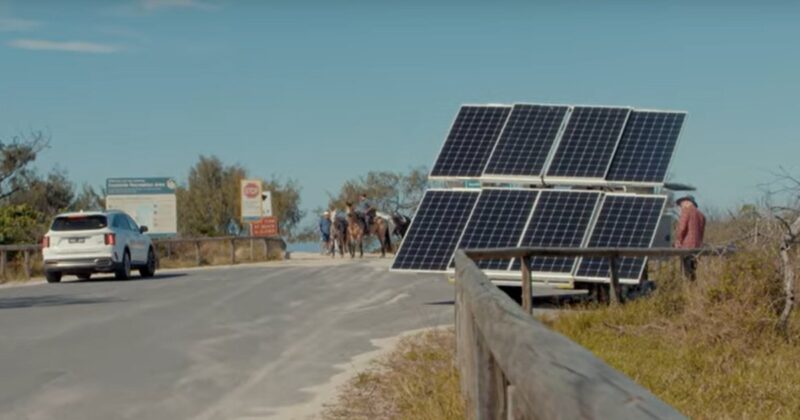Coal Power Plants Producing Less Electricity, Pumping More Pollution
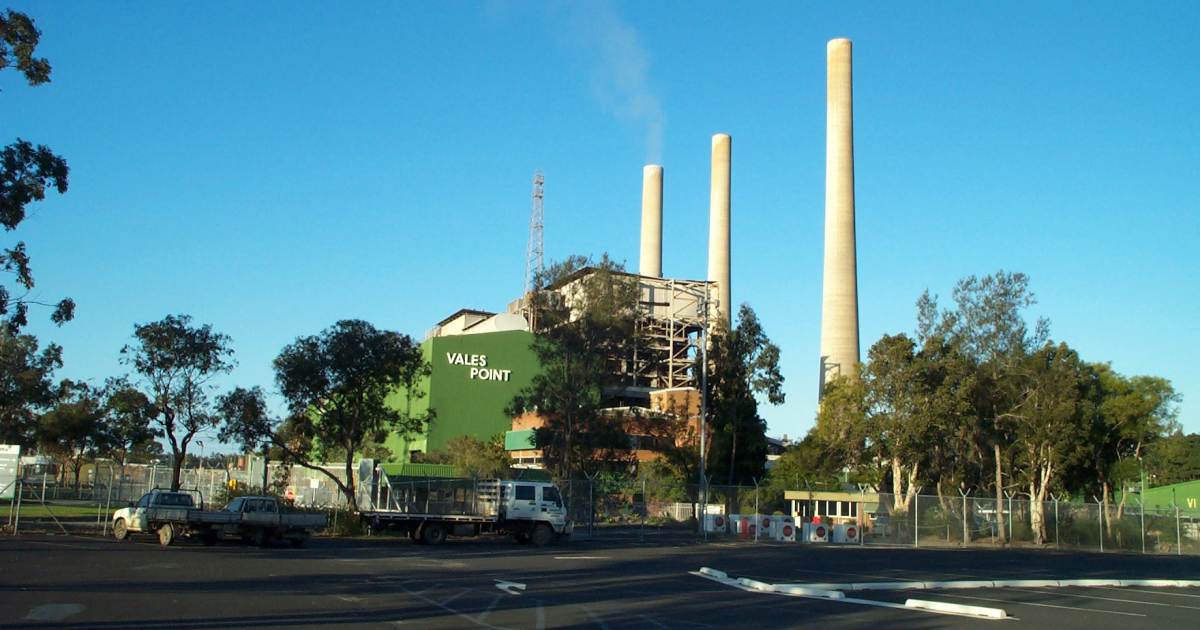

New analysis of National Pollutant Inventory data indicates while some Australian coal power stations are generating less electricity, a number saw levels of toxic pollutants increase.
Much of the focus on the damage coal power wreaks is focused on carbon dioxide emissions fuelling climate change. But these facilities also crank out a variety of toxic pollutants such as mercury, fine particulates and sulphur dioxide.
Analysis of NPI data by Environmental Justice Australia relating to AGL power stations in New South Wales found all three increased PM2.5 and PM10 fine particulate pollution in 2020-21. Liddell Power Station, which generated 31 per cent less electricity, more than doubled its PM2.5 and almost doubled its PM10 pollution in 2020-21 compared to 2019-20. The coal-fired clunker copped a paltry fine for particulate pollution in June last year.
PM10 refers to particles with a diameter of 10 micrometres or less; small enough to negatively affect respiratory function. PM2.5 are particles with a diameter of 2.5 micrometres or less, which can enter the bloodstream via the lungs and then go on to inflame and damage other organs. Across the world, an estimated 8 million+ people died in 2018 from fine particulate pollution – around 18 percent of total global deaths that year.
Thankfully, Liddell Power Station is being closed down soon. AGL shuttered the first generation unit last week, and the full closure will take place in April 2023.
But then there’s AGL’s Loy Yang A power station in Victoria, which according to EJA reported a 68% increase in PM2.5 in 2020-21 from the previous year. While Loy Yang A’s closure was recently brought forward, it could still be cranking pollution for many years to come – perhaps until 2045 – although market forces may have a thing or two to say about that.
It’s Not Just AGL
AGL isn’t the only culprit identified. EJA provides other examples, among them:
In New South Wales, Delta Electricity’s Vales Point Power Station generated 8 per cent less electricity in 2020-21 compared to the previous financial year, but its PM2.5 pollution tripled and PM10 more than doubled. At this stage, Vales Point is scheduled for closure in 2029.
EJA notes all five NSW power stations reported increased mercury emissions, with Mt Piper seeing a 135 per cent increase while energy generation only increased by 56 per cent.
In Queensland, Gladstone Power Station reduced electricity generation by 16 per cent but increased PM2.5 and PM10 pollution by 15 and 16 per cent respectively.
Environmental Justice Australia Senior Lawyer Charley Brumby-Rendell said many of Australia’s power stations operate without some of the most effective pollution reduction technologies used elsewhere.
“We know there is no safe level of pollution, so while coal-burning power stations continue to operate, pollution control technologies should be a requirement to protect the health of the community,” said Ms. Brumby-Rendell.
This of course means greater costs, which would then turn up the pressure created by competition from renewables even more.
The EJA analysis follows a report from the Intergovernmental Panel on Climate Change’s (IPCC’s) Working Group III (WG III) released this week indicating humanity faces a “now or never” moment if global warming is to be limited to 1.5°C. The report shows wind and solar energy can provide the biggest potential greenhouse gas reduction through pushing out fossil fuels.
Original Source: https://www.solarquotes.com.au/blog/coal-power-pollution-mb2425/

